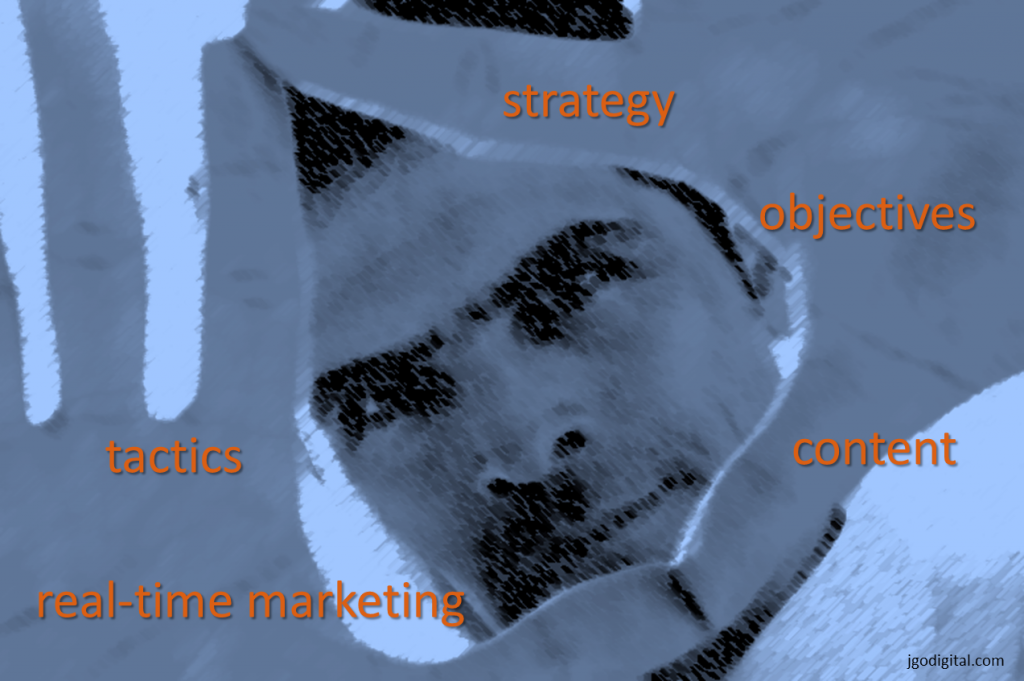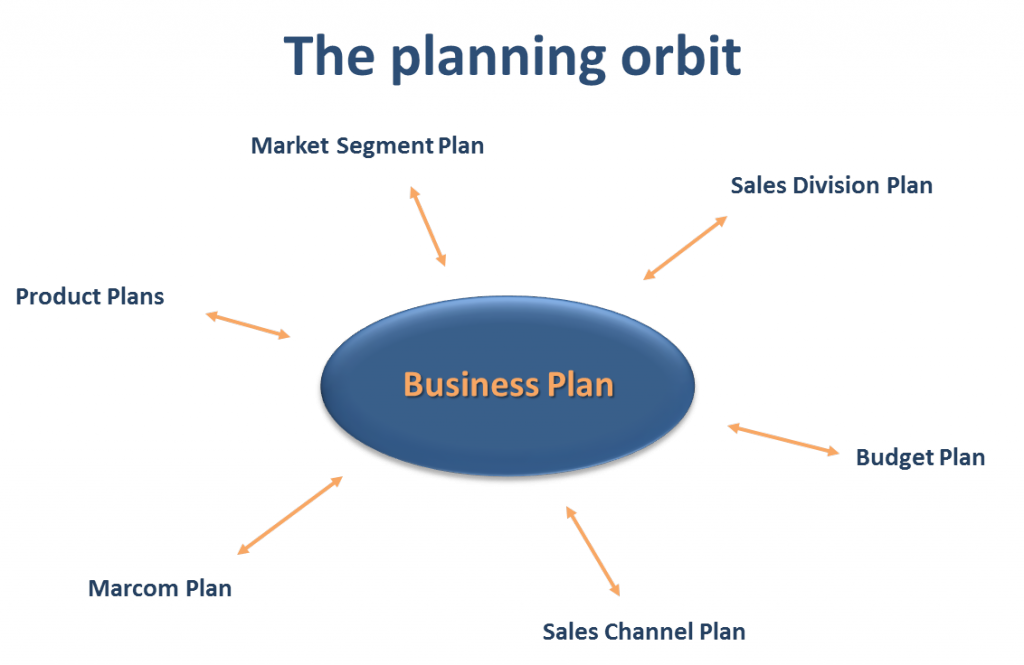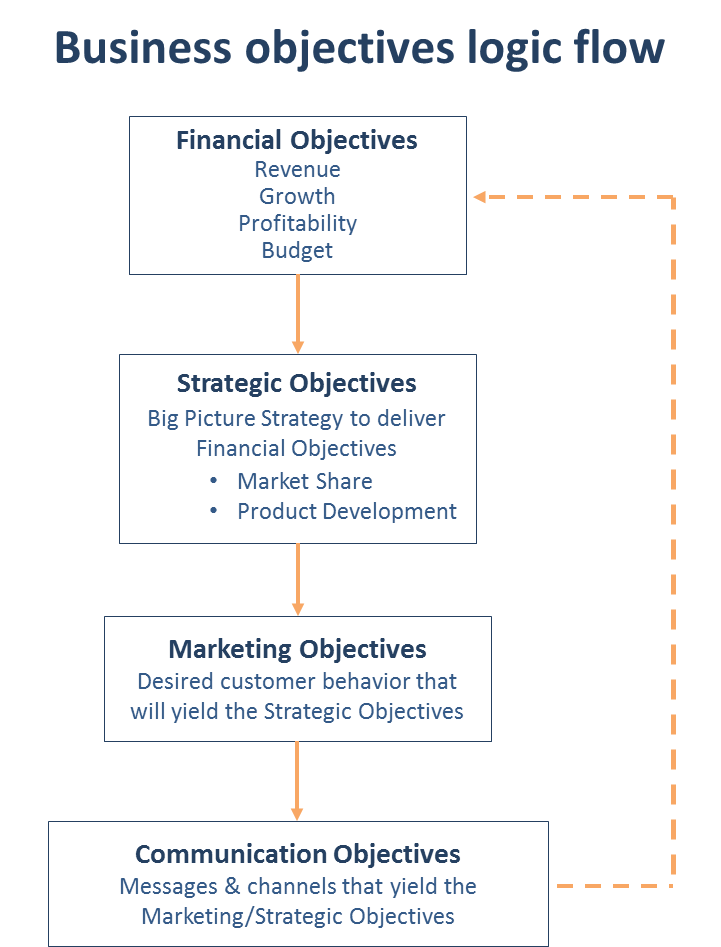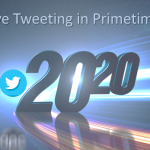In content marketing, your ability to execute strategy is as important – if not more important – than the strategy itself.
I had a marketing strategy professor who used to say, “A mediocre strategy with good execution beats a great strategy with poor execution every time.”
He wasn’t promoting mediocre strategies. He was emphasizing the most important reason for strategic planning: to EXECUTE a strategy that achieves your business objectives.
Otherwise, there’s no point in strategic planning.
Why executing is more critical than ever
Strategy can’t live without supporting tactics. That is truer today than ever. Digital media have changed the rules of marketing. Delivering immediate, relevant messages is critical to content marketing success. To compete, marketers must execute in real-time with:
- Rapid responses to customer interactions on social media
- Updates and reactions to breaking news, i.e. newsjacking
- Regular publishing of relevant content
- Transparent online reputation management
All of this requires greater agility. We can’t be slowed down by the planning process.
How to beat barriers to executing strategy
Many organizations struggle to make the shift to real-time marketing. In many cases they already had a disconnection between strategy and execution. The new market dynamic exposes it further as a competitive weakness.
To compete, businesses must repair two common disconnections: organizational culture and the structure that drives planning and implementation.
CULTURE
I have firsthand experience with the cultural divide between revenue-generating and cost center functions inside the corporation. Strategy is sexy. The strategist drives business, while the implementer is a service provider perceived as less important to the organization.
With the advent of content marketing, this must evolve. A recent article in Marketing Pilgrim cites research that 74 percent of marketers use content marketing to increase traffic and promote brands, but are unwilling to pay $100 a month on content creation.
Clearly this is a clash of priorities that must change in order to be competitive.
STRUCTURE
The second disconnection is apparent by looking at org charts, particularly in larger companies. This chart shows the dynamic of multiple functional areas in corporate business planning.
In this scenario, each functional group develops a plan based on assigned goals for growth in channels, market segments, regions or product categories. Incentives are tied to achieving the goals. Too frequently, the planning takes place in silos independent of the other functional groups.
This can create a complex web of conflicting priorities.
High priority is placed on short-term revenue growth and individual motivation to meet goals. That is not a bad thing. However, disproportionate focus on financial objectives can eclipse implementation as a priority. That is a bad thing for real-time marketing.
An important first step to repairing this disconnection is to link growth strategy to marketing activity that is aligned to all of your objectives.
The winning formula for real-time marketing
A sound strategic planning process is based on consistently applied business objectives that flow through functional areas and support each other. The ideal path for setting objectives looks like this:
Financial Objectives. These are the high level goals around revenues, profitability, growth that begin at the C-level.
Strategic Objectives. This is where the “big picture” initiatives are identified which deliver on financial objectives. Some examples include increased market share or new product development.
Marketing Objectives. At this level, you identify the customer/prospect behaviors you need to influence in order to achieve the strategic objectives. This might include actions that result in retention/loyalty or new product trials.
Communication Objectives. This is where the execution of strategy takes shape. Here you identify the channels and messages that will deliver the marketing objectives.
This simple planning process gives you a clear path for translating strategy into actions that ultimately achieve your business objectives. By directly aligning your communication objectives with overarching corporate goals, you realize key competitive benefits in executing your strategy:
- You focus on the appropriate channels
- You focus on the right messages
- You have a good business reason for doing what you’re doing
- You know how to measure the success of your activities
Grab your competitive advantage
Strategy is important. Critical. However, to compete on the social Web, you will also have to put high priority on executing in real-time. Aligning your business objectives helps you do that. The role of implementation is much more than process or work flow. It is your marketing strategy in action. To beat the competition, you have to out-execute them. In content marketing, that is a competitive advantage.














Speak Your Mind